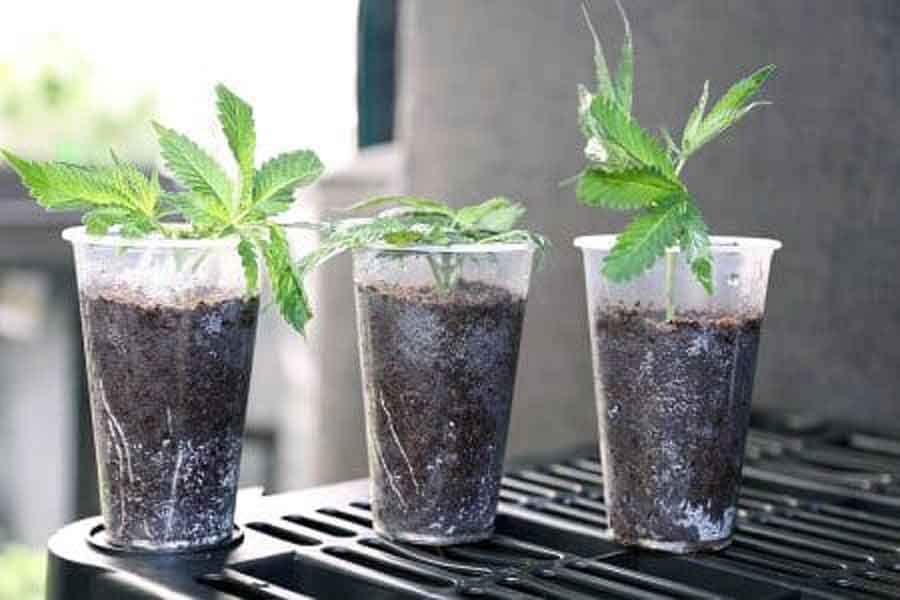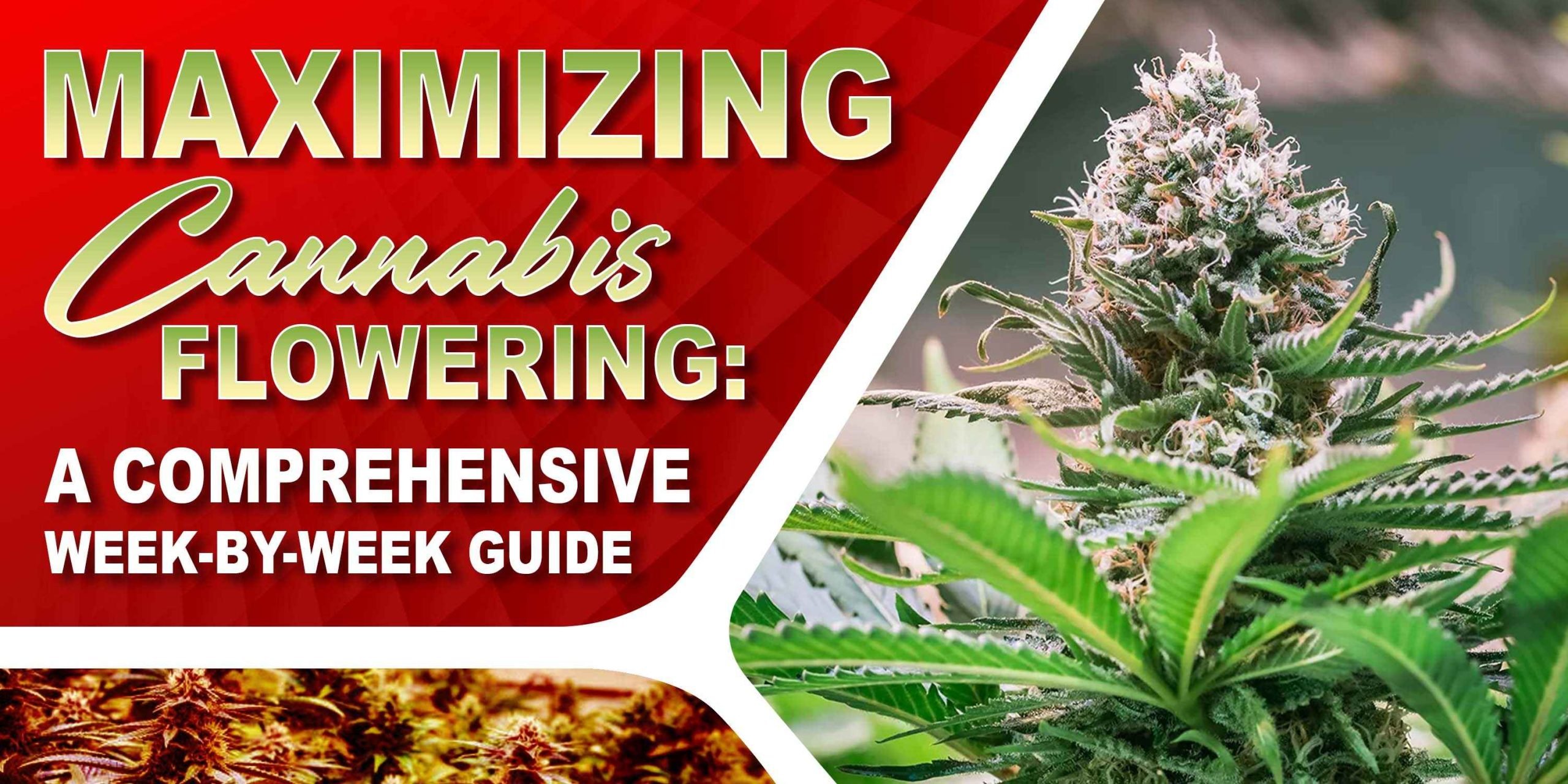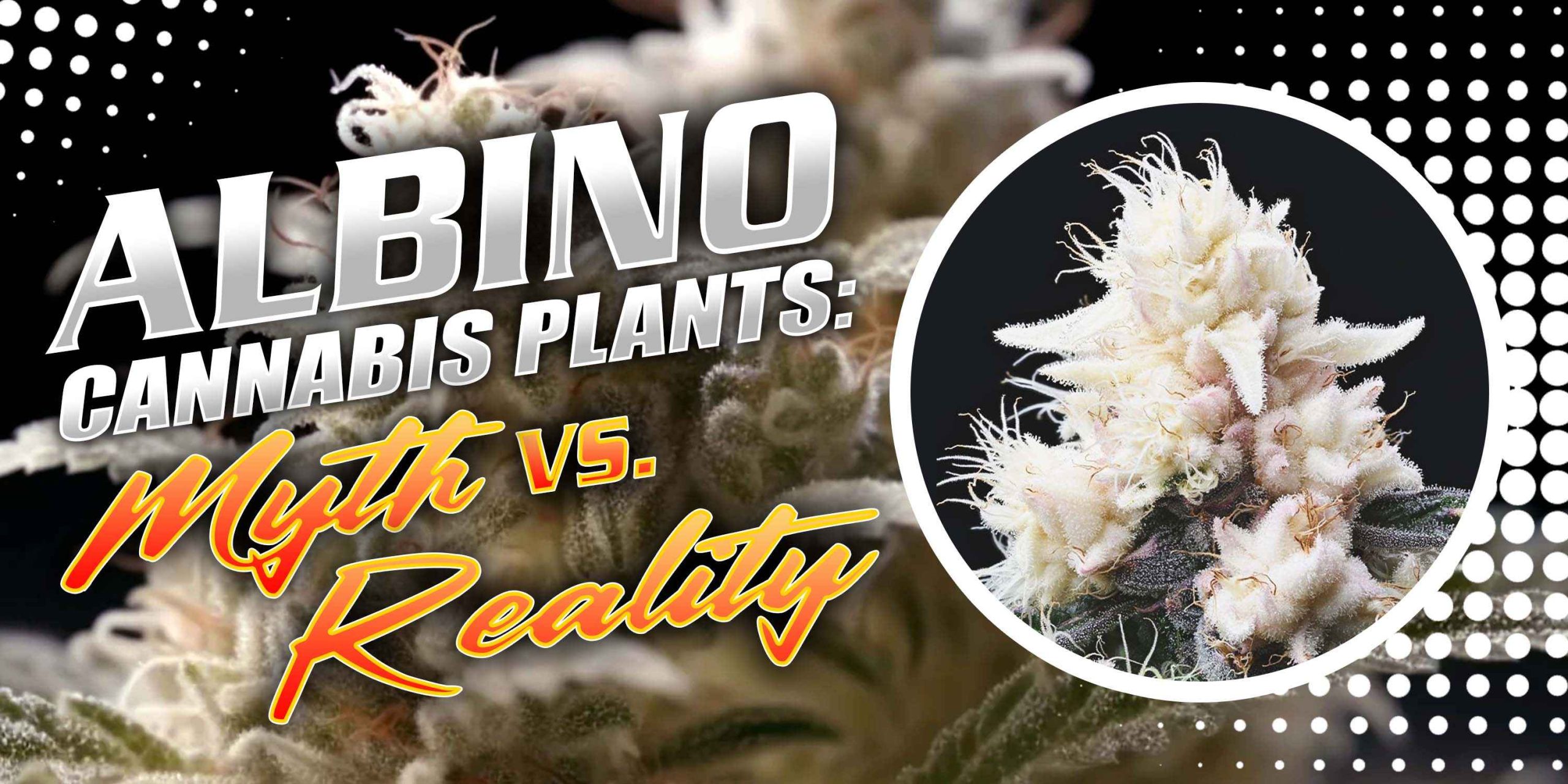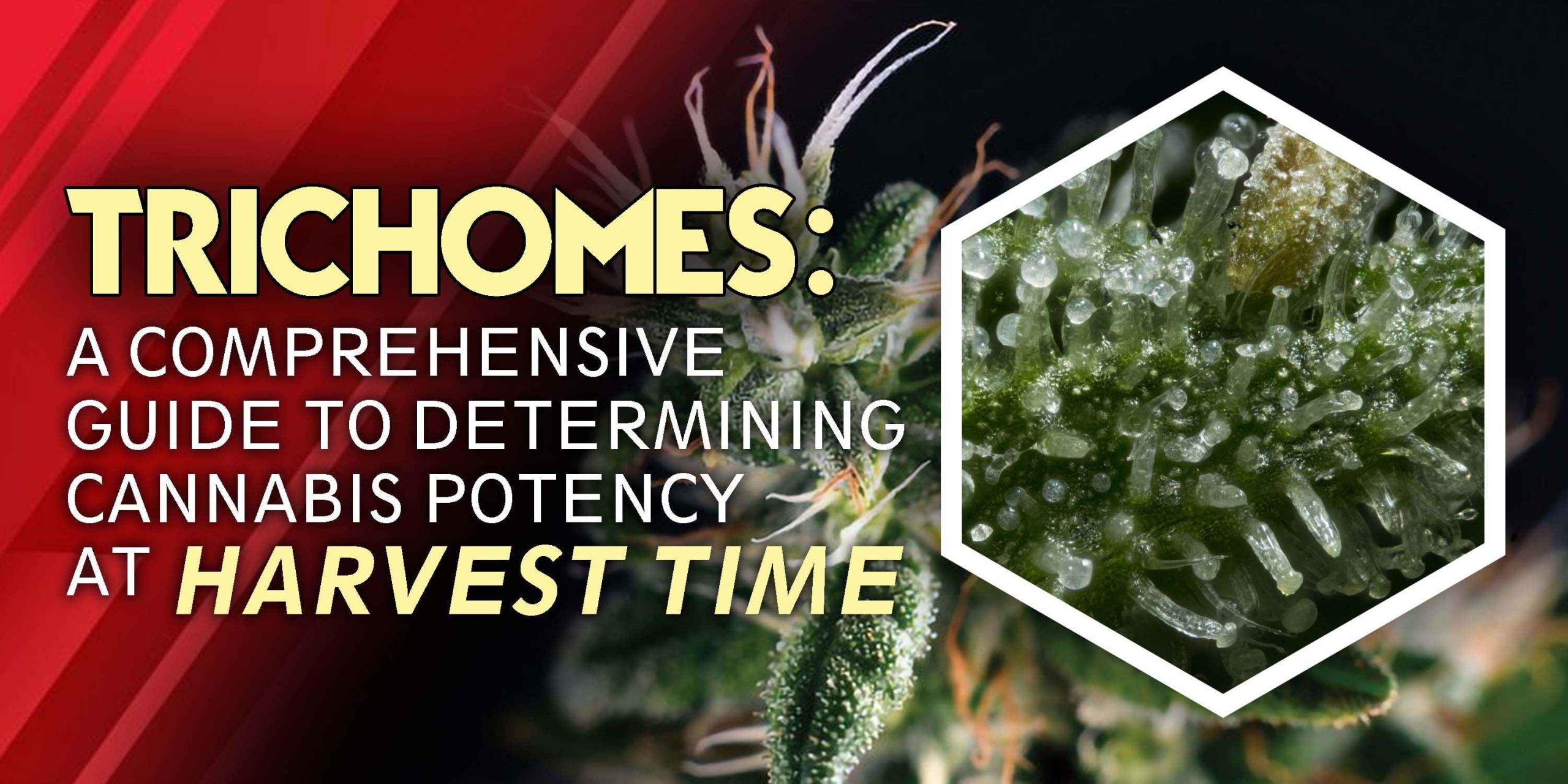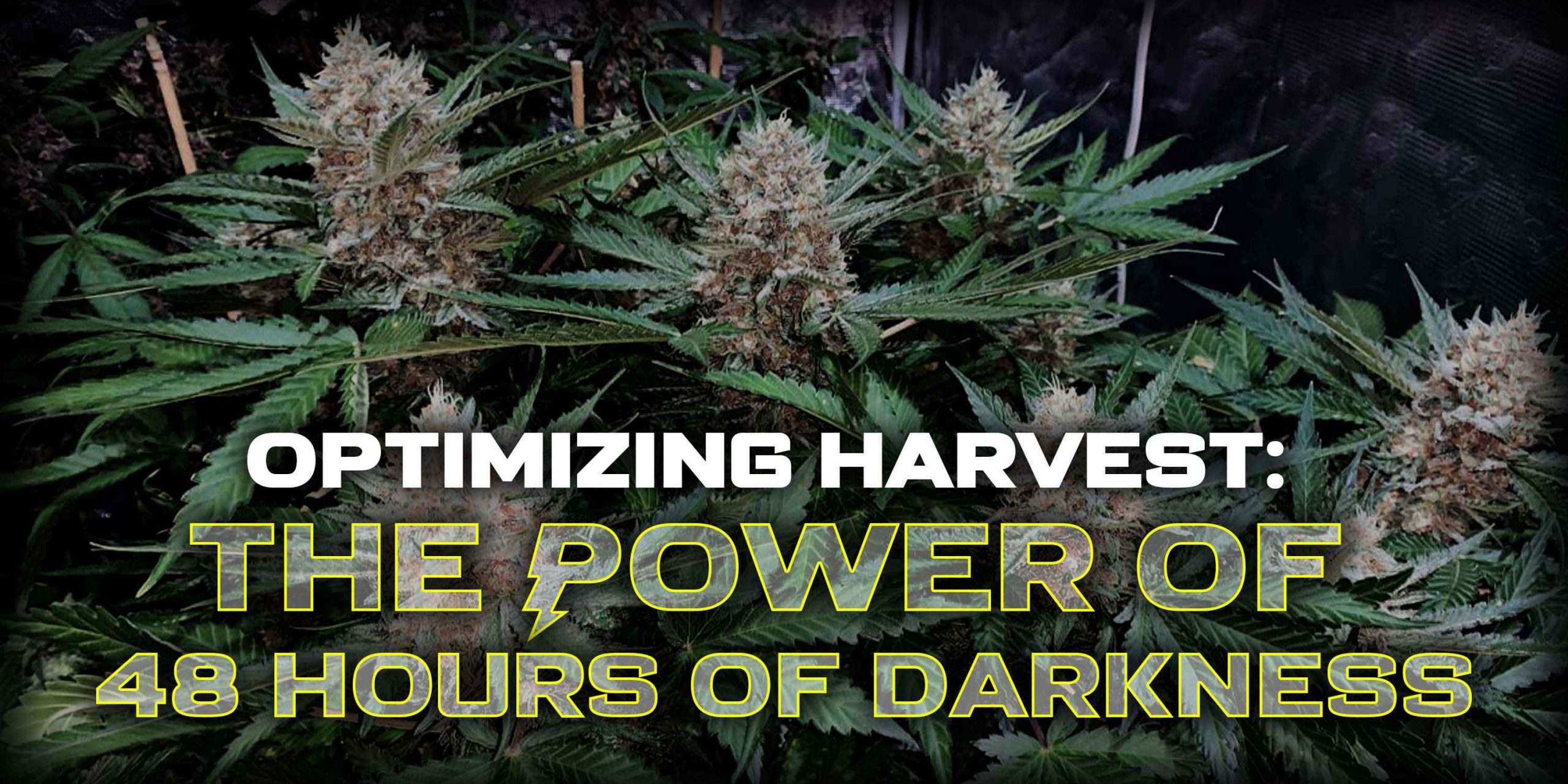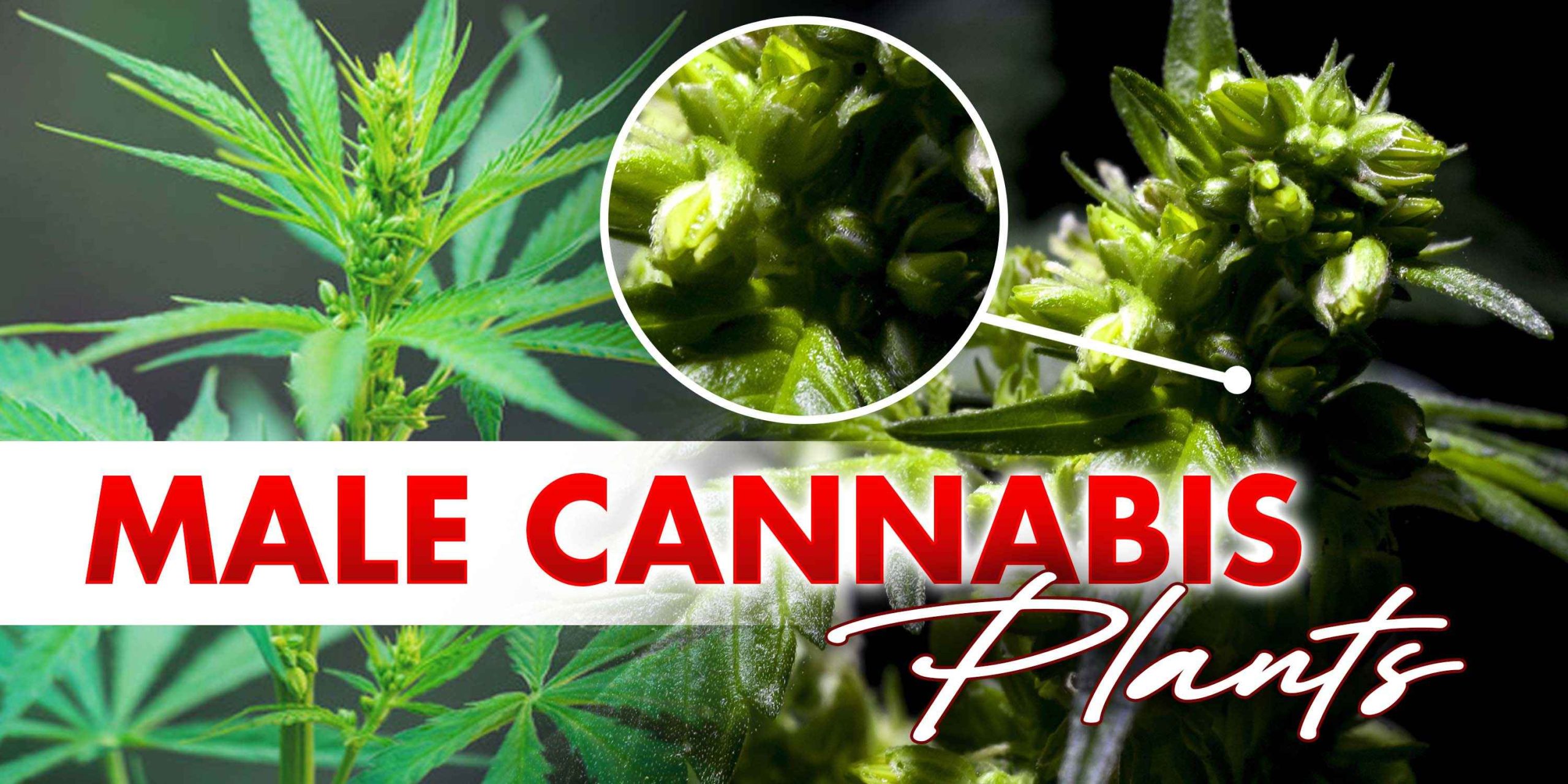Bubbleponics is considered an outstanding nursing hydroponic system. It is used to cultivate different kinds of plants smoothly, and lettuce is among these plants. The oxygenated nutrition solution is drawn from a tank over the roots. Then the water released on top of the roots, therefore, flows again into the set supply. The method starts again.
The roots of a plant are made to hover low medium get sufficient access to water, oxygen, and dissolved foodstuff. Plants require carbonic gas, and thus, you must pump the gas into a sealed nursery.
They acquire oxygen from one regularly transporting nutrient compound. It runs in this way, so it disperses enough oxygen amounts through the air. But the wind can be continually pumped to the tank to grant extra oxygen to disperse in a food compound whenever possible. The plant roots are kept to hover net pots. They will continuously develop to the food compound in the tank container beneath it over time.
The following are the significant strengths of Bubbleponics as compared to the DC (Deep Water Culture)
- There’s an improved growth pace in a couple of hours.
- In the DWC, some roots need some time to develop to get nutrient compounds in a tank while in the Bubbleponics, roots have constant access to the water at the outset. But extinctions don’t exist among Bubbleponics, and DWC after the plant roots in both methods have developed to the nutrient compound.
Advantages of Cultivating Plants Using Bubbleponics Methods
- Fast growth in no time.
- Higher yield plants do cultivate in view to the amount of time invested for nutrient and light access for every plant. It’s better if you had a manual on choosing the best hydroponics lamps that operate more efficiently.
- This kind of hydroponics seizes confined space.
- It is not hard to keep this growing method once set up.
Disadvantages of Cultivating Plants Using Bubbleponics Methods
- Root decomposes, and other types of root problems are common since these roots develop in the water.
- It is complicated and takes quite some time when a breeder is installing growing equipment.
- There’s a suitable lighting method for every type of plant. Choose the right lighting method after undergoing the Bubbleponics growing guide carefully. Take all the time.
What are the Best Plants to Cultivate With a Bubbleponics System?
Like most hydroponic systems, Bubbleponics is excellent for growing a wide range of vegetables, herbs, and even succulents. Below are some of them:
- Cannabis
- Tomatoes
- Cucumbers
- Basil
- Strawberries
- Chilies
- Peppers
- Chamomile
- Cilantro
- Salad Greens
- Chervil
- Chives
- Rosemary
- Dill
- Lavender
- Oregano
- Marjoram
- Thyme
- Parsley
- Tarragon
- Mint
- Spinach
- Scallion
- Spinach
Two Kinds of Cultivating Kits
Stealth Hydroponics Bubbleponics Pro II 24 Planter
This is a newly introduced system and addition of the leading equipment to presently add a split double stack supply and comfortably extend the grow sites to 24.
The method is made in a form that every plant in 24 locations will be provided with similar and enough nutrient solution amounts.
Stealth Hydroponics Bubbleponics Pro Expandable Kit
The SuperFlow Bubbleponics Pro Expandable method is a newly introduced equipment that is an addition of the primary method. In other words, it has an entirely separate tank. It has doubled the tank holding volume and has granted an alternative association into the Bubbleponics 6-planter growing method.
The kit is made this way to adapt in the restricted room without having any difficulties ideally. Thus, you can choose and liberty to grow your nursery in all directions you want.
This whole thing will be distinguished by the way you handle your grow facility.
A Complete Bubbleponics Growing Manual
Always look out and care for your plants. It is best to become familiar with the right arrangement of your grow system because it helps you monitor it accurately without going inside. The recommended regular monitoring objective is to ensure that all is connected to the way it has to be.
Be sure that your pipes are linked to your pots, and the nutrient compound is watering from the hooked pots. Also, you want to make sure that not anything is hanging in the food compound. Regularly exercising this will help in detecting issues if they arise.
Most importantly, pay attention to pH, mainly when replacing the tank system. It is essential to remember that different kinds of plants thrive at fully diverse pH levels.
The Importance of Regulating pH:
pH’ing Water
Once you have combined nutrients into the water, you want to ensure that it is the right pH to ensure that the plants can adequately absorb all the nutrients.
It would help if you had an electronic pH tester or pH kit to try the pH of the water. Many pH kits include instructions, and it is best to follow those if they are available.
You want to get a sample of your water you want to pHed and try it (test some pH test drops inside it/ put some on your test strip or use the electronic tester).
Use a little amount of pH up or down to correct the water to the right level. However, do not hesitate to keep the pH through a range. Several nutrients are better immersed by the roots at reduced pH, while some want an increased ph to be suitably engrossed by the plants’ roots.
Therefore, when you’re producing your water, you want to correct a pH in the 5.5 to 6.3 level to ensure it has the right nutrient absorption.
Lighting
There should be no light in seedlings until growth is observed as the saplings appear. After that period, supply them with needed lighting amounts for around 18-24 hours daily. This should go on until the growing period is achieved. Open lights for the whole day during the vegetation.
Your light bulb must be configured at around 4 inches from the plants. Use your hands to determine the heat degree coming into the plants to prevent the chances of heat injury.
If it’s hot in any case, it will be burning hot for the growing plants. But clones need a decreased lighting for around 3-4 days to grant your clones enough time to adapt.
Nutrients
Both the seeds and clones require around one-fourth of the suggested amount for a week. Afterward, add a fourth of the nutrition every three days until the growing plants develop and acquire a significant amount of leaves. Overfeeding the plants in its initial period is not recommended as it can cause more injury than the desired result.
The food burnt is displayed on the edges of the stalks as they become yellowish and brownish if you supply excessive amounts of nutrients than needed.
At the vegetation period, plants reproduce and require massive consumption of nutrients. Hence, it is best to use the suggested nutrient feeds amounts daily to achieve improved results. If lesser amounts of composts are supplied, then expect lesser harvest and lousy quality of produce. At this time, you should focus and give more care.
The flowering period is a vital phase for all breeders. Continue to replace your nutrient compound weekly while performing routine root checking for any discoloration. This is a short period and can wield for 2-3 weeks at most with a few exceptions.
The Takeaway
Bubbleponics is an advanced, hybrid hydroponic method that uses aspects of both the drip hydroponic systems and deep water culture. More particularly, Bubbleponics methods always feed the plant roots with abundant nutrient compounds. It is the best hydroponic system for novice growers.
Bubbleponics are excellent Oxygenating the roots of plants. Most hydroponic methods are weak at delivering adequate nutrients compounds to the plant’s roots while also offering adequate oxygen. The drip watering system resolves the usual hydroponic problem.
Bubbleponics methods are small and effective: As a novice, you need a compact method that does not use too much scope, that reuses nutrient compounds, and that does not need constant care.
D.I.Y Bubbleponics methods are relatively reasonably easy to build. You can buy a premade system if you want, but several amazing DIY designs are available.





